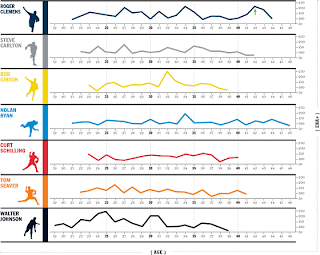"The Revised Julian calendar adds an extra day to February in years divisible by four, except for years divisible by 100 that do not leave a remainder of 200 or 600 when divided by 900. This rule agrees with the rule for the Gregorian calendar until 2799. This rule gives an average year length of 365.242222… days. This is a very good approximation to the mean tropical year, but because the vernal equinox year is slightly longer, the Revised Julian calendar does not do as good a job as the Gregorian calendar of keeping the vernal equinox on or close to 21 March.
The Gregorian calendar was designed to keep the vernal equinox on or close to March 21, so that the date of Easter (celebrated on the Sunday after the 14th day of the Moon that falls on or after 21 March) remains correct with respect to the vernal equinox. The vernal equinox year is about 365.242374 days long (and increasing), whereas the average year length of the Gregorian calendar is 365.2425.
The marginal difference of 0.000125 days means that in around 8,000 years, the calendar will be about one day behind where it is now. But in 8,000 years, the length of the vernal equinox year will have changed by an amount which cannot be accurately predicted. Therefore, the current Gregorian calendar suffices for practical purposes, and Herschel's correction (making 4000 AD not a leap year) will probably not be necessary."








 Boring, big yawn...who really cares to read about martial issues in a freakin comic book. Where is the action....this is the Avengers for god's sake, not some freaking soap opera. Come on Bendis, get it together. I don't read the Avengers for heart wrenching drama...this is supposed to be about big throw downs. Yeah you've been building up this stupid skrull thing for like 2 years. At this rate the story will be the biggest let down of all time. Ughhhh, you build a team of bad asses and what to they do...sit around like some bad MTV sit come and bitch....
Boring, big yawn...who really cares to read about martial issues in a freakin comic book. Where is the action....this is the Avengers for god's sake, not some freaking soap opera. Come on Bendis, get it together. I don't read the Avengers for heart wrenching drama...this is supposed to be about big throw downs. Yeah you've been building up this stupid skrull thing for like 2 years. At this rate the story will be the biggest let down of all time. Ughhhh, you build a team of bad asses and what to they do...sit around like some bad MTV sit come and bitch....












